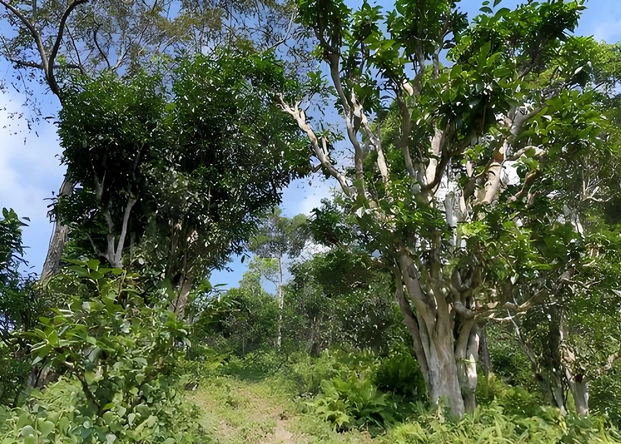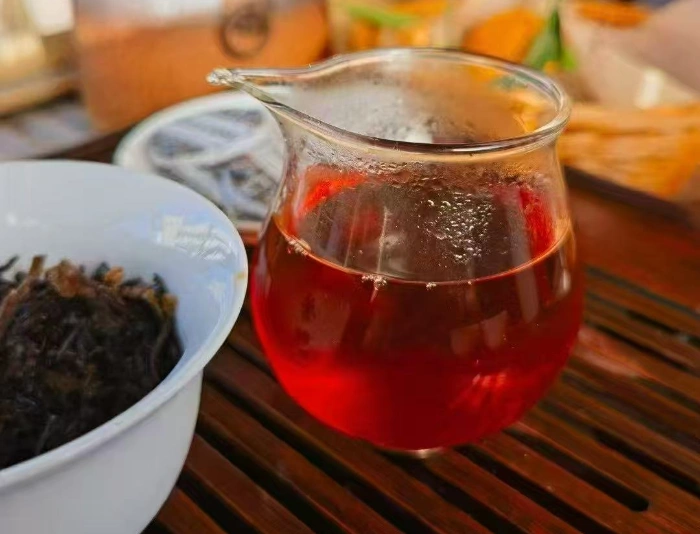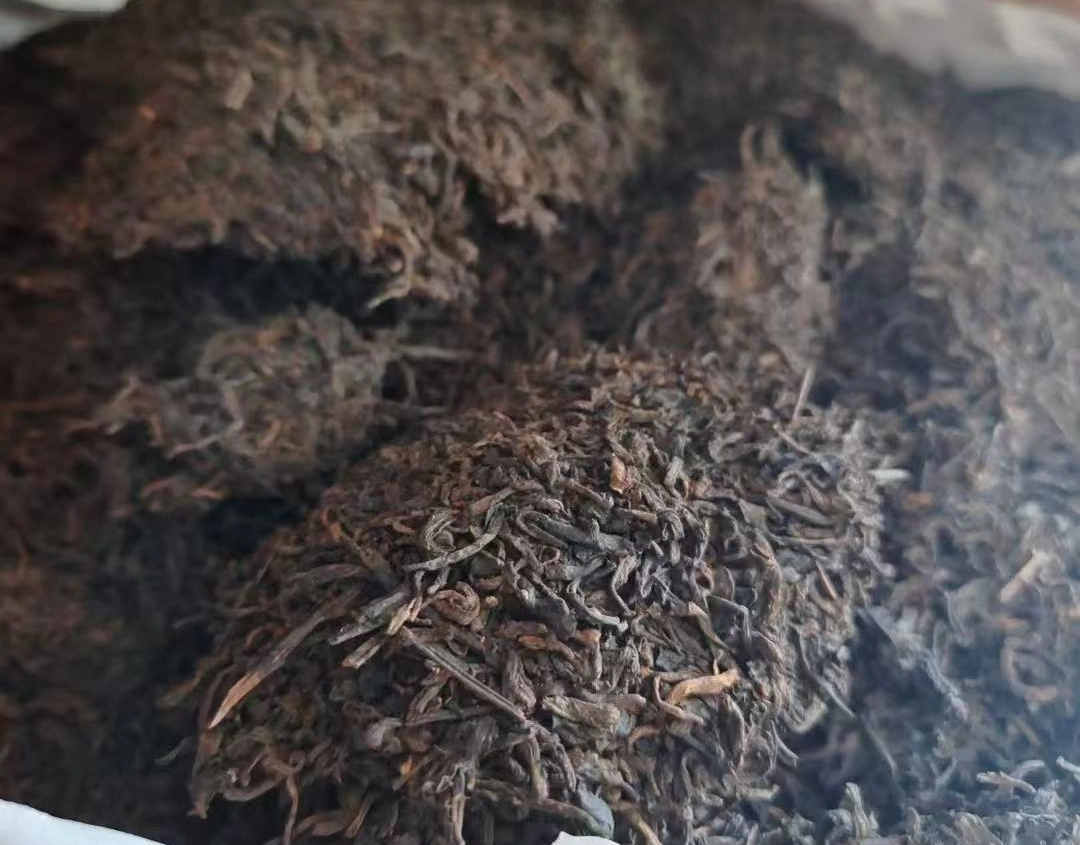Best dark tea for beginners invites you on an enchanting journey—from the first fragrant swirl of steam to the lingering, velvety finish on your palate. Imagine wrapping your hands around a warm cup, inhaling the earthy aroma that whispers of ancient hills and time-honored craft.
Whether you’re curious about how to brew dark tea properly or seeking a gentle ritual to melt away workday stress, the right dark tea can be your perfect companion. In this guide, we’ll walk you through everything a newcomer needs to know, blending sensory delight with practical tips to make every cup a moment of pure, calming bliss.
Why Choose Dark Tea as a Newcomer?
For many beginners, dark tea can seem intimidating—its deep color, complex earthiness, and aged heritage all hint at mastery beyond a simple green or black tea. Yet that same depth makes it best dark tea for beginners: forgiving in the cup, rich in comforting flavors, and endlessly rewarding to explore. Dark tea’s mellow tannins and warm, honeyed sweetness gently embrace the tongue, so even a novice can find pleasure in each sip.

Understanding Dark Tea Varieties
Pu-erh and Aged Dark Tea
Pu-erh tea, hailing from Yunnan province, is perhaps the most famous. Compressed into cakes or bricks, it undergoes microbial fermentation and aging—sometimes for decades—evolving from grassy freshness to profound, camphor-tinged depths. Aged dark tea like vintage Pu-erh carries layers of forest floor, cocoa, and subtle tobacco notes.
Liubao and Other Regional Styles
From Guangxi’s Liubao tea, renowned for its smooth, malt-like sweetness, to Hunan’s Hei Cha with its smoky undertones, regional best dark tea for beginners offerings welcome you with unique local flair. Each style brings its own terroir—soil, climate, and microbial community—so don’t hesitate to sample several and find your favorite.
Key Factors in Selecting Your First Dark Tea
Flavor Profile & Aroma
Begin with gentle, approachable flavors: look for teas labeled “lightly aged” or “ripe” (shu) Pu-erh. These cups often offer mellow chocolate, caramel, or subtle mushroom notes rather than intense earthiness.
Processing & Aging Level
Newcomers should start with teas aged 3–5 years: fully fermented but not over-mellowed. Too-new teas can taste grassy; too-old can feel heavy. Mid-aged offerings strike the perfect balance.
Leaf Form: Loose vs. Compressed
Loose leaves brew faster and allow clearer control—ideal when learning how to brew dark tea properly. Compressed cakes and bricks are beautiful to own but require a bit more patience to break apart and rinse.
How to Brew Dark Tea Properly
Mastering the ritual makes each cup a sensory delight. For loose or broken-off leaves:
- Rinse & Awaken: Quickly rinse 5 g of leaves with 100 °C water for 5 seconds, discarding the rinse.
- First Infusion: Steep for 1 minute in 120 ml water at 100 °C.
- Multiple Steeps: Increase steep time by 15 seconds each infusion—enjoy up to 6 fragrant brews.
This method ensures you coax out every layer of aroma and flavor without bitterness.

🔗 To learn more about how to make tea, check out Tanbiwencha’s YouTube video explaining how to make tea.
Exploring Cold Brewing: Dark Tea for Cold Brewing
If you crave a refreshing, lightly sweet cup, explore dark tea for cold brewing. Gently steep 5 g of dark tea in 500 ml cold water in the fridge for 6–8 hours. You’ll awaken gentle notes of honey and stone fruit—perfect for hot afternoons or as a hydrating office companion.
Dark Tea for Office Breaks: Quick Brewing Tips
Short on time? Dark tea for office breaks can be both quick and uplifting:
- Use a travel infuser mug.
- Rinse leaves briefly, then steep 2 minutes in hot water.
- Savor a smooth, grounding moment that steadies your mind and revives your focus.
Dark Tea for Stress Relief: A Calming Ritual
When the world feels overwhelming, turn to dark tea for stress relief. The ritual of brewing—the hush of leaves in water, the gentle swirl of amber—encourages mindfulness. Sip slowly, inhaling the warm, earthy bouquet. Let each sip remind you to pause, breathe, and center your thoughts.
Dark Tea vs. Oolong Tea: Which to Start With?
While oolong teas dance between green and black with floral, honeyed notes, dark tea plunges into richer depths. If you enjoy a more robust profile, dark tea’s layered earthiness and aged complexity may capture your heart. For lighter, floral introductions, an oolong can be a stepping stone—then graduate to dark tea for a bolder experience.

Where to Buy Quality Dark Tea for Beginners
Seek reputable vendors who specialize in Pu-erh and regional dark teas. Look for:
- Harvest date & origin: Freshness and provenance matter.
- Producer reputation: Established tea gardens or trusted importers.
- Sample sizes: Starter packages let you explore several teas without commitment.
Common Mistakes to Avoid
- Oversteeping: Steep too long and bitterness overwhelms.
- Too much leaf: Start with 5 g; adjust later.
- Skipping the rinse: That first quick rinse removes dust and “wakes” the leaf.
Conclusion & First-Steps Recommendations
For beginners, best dark tea for beginners means choosing a mid-aged, mildly fermented Pu-erh or Liubao, mastering a simple brewing ritual, and savoring each mindful sip. Experiment with both hot and cold brewing, incorporate a quick office infusion, and lean on your cup of tea as a daily anchor for stress relief. With every fragrant infusion, you’ll discover why dark tea captivates newcomers and connoisseurs alike—one warm, earthy embrace at a time.



